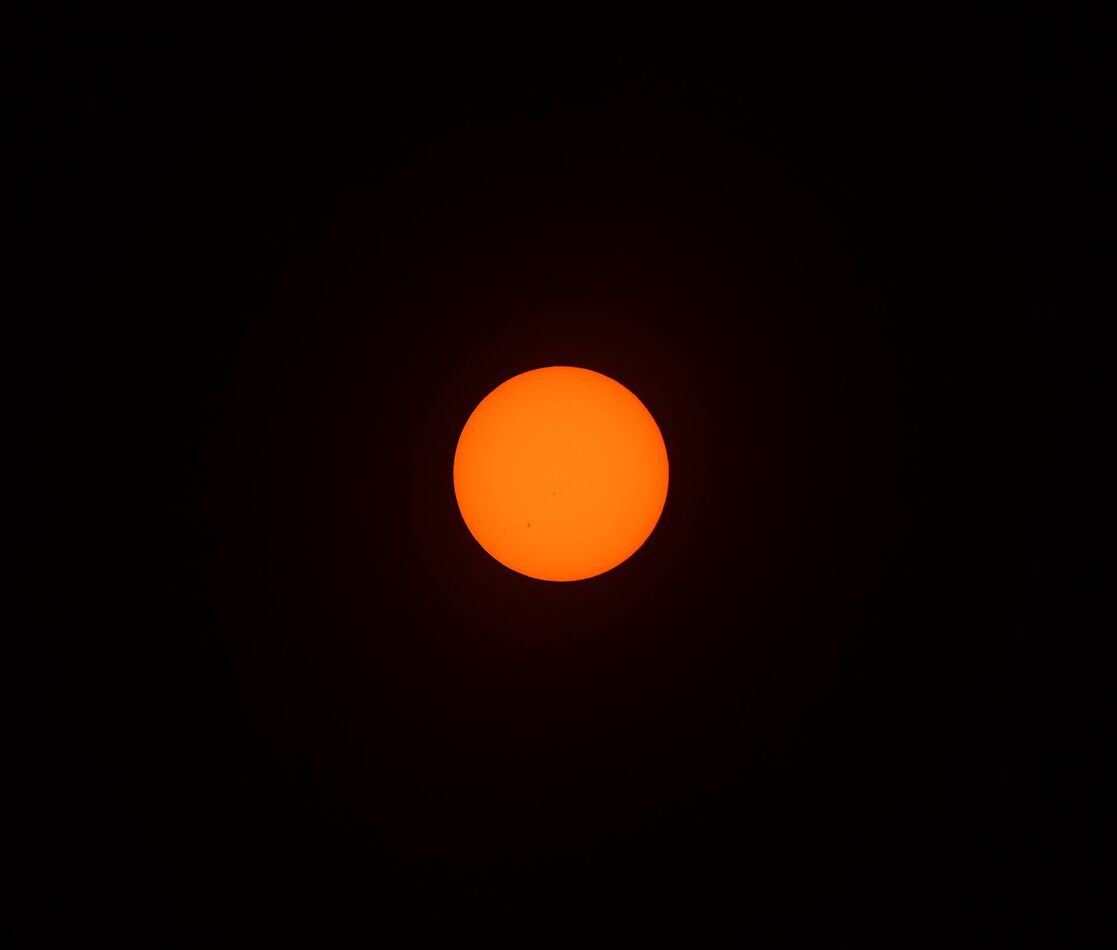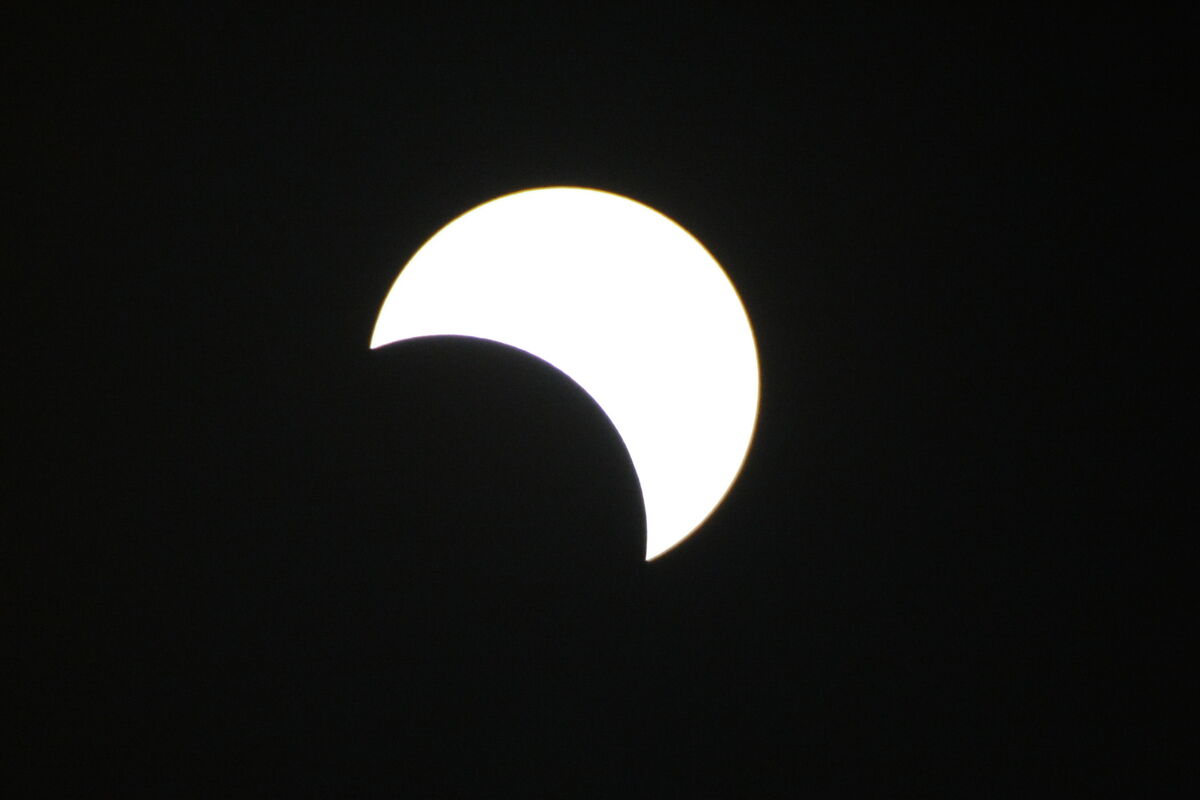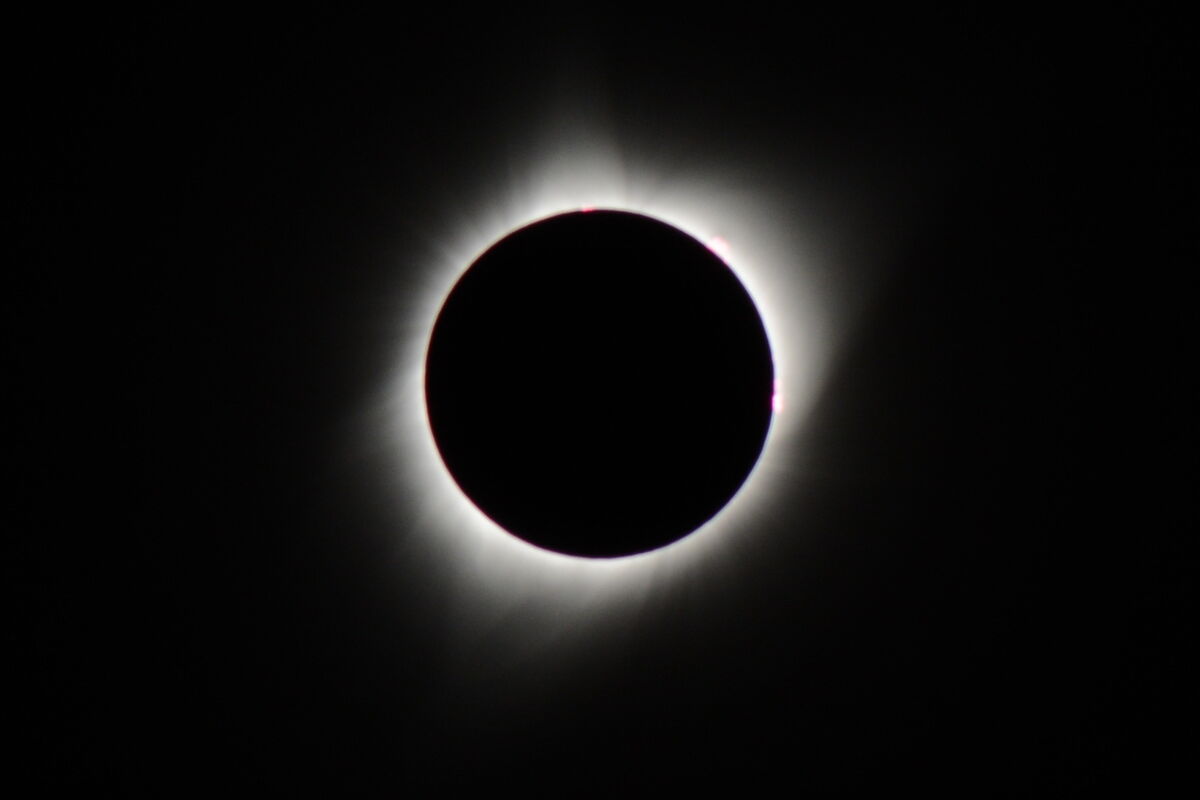Preparing for Total Eclipse
Nov 27, 2023 13:20:45 #
There are several guides to shooting eclipse available. Try Amazon and look for something recent, often in large booklet formats. Avoid older books unless you are good at converting film camera specs to the digital age.
Get a solar filter or film (make your own, loads of examples on web). Amazon sells Baader and thousand Oaks film as do most astro related websites. Test shooting the sun, NOW, before the eclipse as often as you can.
One disagreement with others, a few (10?) seconds before totality you can remove the filter. This allows one to photo the diamond ring effect. Camera sensors are tougher than many think.
Finally, learn to use the view screen. If your camera's view finder only shows what the sensor directly sees, i.e. you see a filtered image, it is ok to use, but if not, you will get the full power of the sun in your eye (Your eye is the paper under the magnifying glass!!). For this reason, most recommend NEVER to use a view finder only a screen. The same would happen if your filter falls off, wind, whatever. The sensor might die in any case, but your eye won't.
Finally, finally, remember to view the eclipse, best to set camera in an automode, use a timer, whatever, but if things fail at the last minute, just enjoy the view. At best, you have only 4.5 minutes and time seems to accelerate during these things. Playing with your equipment and you must get and see nothing.
Get a solar filter or film (make your own, loads of examples on web). Amazon sells Baader and thousand Oaks film as do most astro related websites. Test shooting the sun, NOW, before the eclipse as often as you can.
One disagreement with others, a few (10?) seconds before totality you can remove the filter. This allows one to photo the diamond ring effect. Camera sensors are tougher than many think.
Finally, learn to use the view screen. If your camera's view finder only shows what the sensor directly sees, i.e. you see a filtered image, it is ok to use, but if not, you will get the full power of the sun in your eye (Your eye is the paper under the magnifying glass!!). For this reason, most recommend NEVER to use a view finder only a screen. The same would happen if your filter falls off, wind, whatever. The sensor might die in any case, but your eye won't.
Finally, finally, remember to view the eclipse, best to set camera in an automode, use a timer, whatever, but if things fail at the last minute, just enjoy the view. At best, you have only 4.5 minutes and time seems to accelerate during these things. Playing with your equipment and you must get and see nothing.
Nov 27, 2023 13:33:44 #
Here's a map of the path of the eclipse courtesy NASA: https://science.nasa.gov/learn/heat/resource/interactive-map-2024-solar-eclipse-across-the-us/
Nov 27, 2023 13:51:13 #
JBRIII wrote:
There are several guides to shooting eclipse avail... (show quote)
You are right that there are a few seconds on both ends of totality where you don't need a filter.
Not using the viewfinder is also good advice.
Nov 27, 2023 13:58:24 #
Jack 13088 wrote:
According to PhotoPills my camp on Lake Ontario is... (show quote)
You missed one...Invite me over!!


Nov 27, 2023 14:28:52 #
Retired CPO wrote:
You missed one...Invite me over!! 



No problem haw many extra lawn chairs do I set out?
Nov 27, 2023 15:07:00 #
wdross
Loc: Castle Rock, Colorado
Photolearner01 wrote:
Thanks so much for sharing your wisdom. As my nom de plume implies I am learning🙏🏽
Photolearner01
Photolearner01
I have been to three total eclipses; one A-, one B or B+, and one clouded out. They are unique events and rarely is one "enough". Each one is different from the next one - path, length of totality, and weather. I came very, very narrowly close to blinding myself in my one eye when I was very young (just sun observation, no eclipse). This is why I emphasize eye safety first. And that care has resulted in successful eclipses with no eye damage. Failure to be careful can be costly especially to a photographer. Jack 13088 has covered some of the other things one can do. And be sure to practice using your equipment in a timely manner so you leave yourself some time to view it without the camera. There are many things to notice if you have "time"; shadow bands, temperature drop, stars and planets coming out, etc. But again, safety first and then practice - and anything else you can fit in.
Nov 27, 2023 15:11:30 #
btbg wrote:
Yiu need either a solar filter or at least 16 stpp... (show quote)
The camera will focus with the solar filter on if the sun is in the frame and if the focal point is on the sun's rim.
Nov 27, 2023 15:18:46 #
AzPicLady wrote:
My problem is that I don't know what I need!
Mohaveflyer gave a good link to Thousand Oaks Optical. It’s where I got my filters for the last eclipse. They have some good information on what you need for protection and how to use it. This link shows their FAQ page. https://thousandoaksoptical.com/faqs/
This link will show you the filters, how to measure your lens, part numbers for the correct sizes and if you go to the bottom of the page it will have a link for threaded solar filters. I don’t recommend using the threaded ones as its best to have one that’s easily removed when the sun goes full eclipse. https://thousandoaksoptical.com/shop/solar-filters/full-aperture-solarlite-polymer/
You’re best off with your longest zoom, largest sensor size and a good sturdy tripod. I practiced following the sun with the filters in place for several days until I got the best results in focus in my manual settings. And as stated before, get the order in ASAP because they go back order quickly.
Nov 27, 2023 15:51:35 #
btbg wrote:
Just keep in mind that if you are too busy shooting you will moss out on really seeing the eclipse. A lot of people who shoot their first eclipse later say that they wish they had just watched it.
Just keep in mind that if you are too busy shooting you will moss out on really seeing the eclipse. A lot of people who shoot their first eclipse later say that they wish they had just watched it.
Thaz how I roll. Never seen eclipse pix that even slightly capture any of the experience ... IOW, I dont view them as worth shooting. The best of them are very accomplished soulless technical proof of the users technical prowess ... but not worth a second glance. Visually, stone cold losers, uselessly mimicking stock images from textbooks. Much ado about nada.
I am *NOT* the "wet blanket" here. Im simply recommending that a great experience be fully lived. The wet blanket is innane obsession with playing with photo toys instead of fully living a rare and brief event. If an eclipse is your idea of a great "photo op" then quite likely youre not really a photographer at all, but just a garden variety gearhead.
Its not a birthday party. You dont hafta be the obtrusive uncle with camera. Eat some cake !
Nov 27, 2023 16:23:43 #
druthven wrote:
The camera will focus with the solar filter on if the sun is in the frame and if the focal point is on the sun's rim.
It might but it might also hunt for focus. Simpler to manually focus with lens set on infinity. Then you dont have to worry about it.
Many camers wont focus with f8 big lenses, and when you add 16 or more stops of neutral density filter that is a lot more than f8.
Why on earth wouldnt you focus manually and know exactly what hou had?
Nov 27, 2023 16:28:44 #
User ID wrote:
Thaz how I roll. Never seen eclipse pix that even ... (show quote)
Ive had to photograph two eclipses for work and I would really like to have enjoyed the experience. To get good eclipse pbotos takes work and you end up not seeing the best part of the eclipse because just before and just after totality you end up shooting like crazy and constantly chimping to make sure you have the shot.
I get wanting to shoot it if you are there anyway but shooting should be secondary to the experience.
Nov 27, 2023 16:32:35 #
DO NOT use a standard ND filter. Use one that is specifically designed for shooting the sun. Otherwise, your camera, if it is a DSLR, can/will be damaged and if you look through the viewfinder, your eyes too.
Use the LCD with mirror up to view.
Use the LCD with mirror up to view.
Nov 27, 2023 16:43:58 #
JeffDavidson wrote:
DO NOT use a standard ND filter. Use one that is specifically designed for shooting the sun. Otherwise, your camera, if it is a DSLR, can/will be damaged and if you look through the viewfinder, your eyes too.
Use the LCD with mirror up to view.
Use the LCD with mirror up to view.
Either will work as long as you have a strong enough nd filter. Have shot both ways. I actually like the color better if shot with 16 stop nd.
With that said i have to use the solar filter on my big lens because i do not have nd fters that are that large of diameter.
Nov 27, 2023 17:44:03 #
btbg wrote:
Ive had to photograph two eclipses for work and I would really like to have enjoyed the experience. To get good eclipse pbotos takes work and you end up not seeing the best part of the eclipse because just before and just after totality you end up shooting like crazy and constantly chimping to make sure you have the shot.
I get wanting to shoot it if you are there anyway but shooting should be secondary to the experience.
I get wanting to shoot it if you are there anyway but shooting should be secondary to the experience.
I loved covering large scale nitetime highway work projects, especially high bridges. Great experieces but definitely hadda be only ~5% into photography and ~95% into the overall experience ... thaz cuz its a very dangerouse environment and if youre not verrrrry clearly "in the moment" you could get limited to the distant far edge of the site by the DOT safety steward. Acoarst that would result in useless boring dark little images. Really not my style.
Nov 27, 2023 18:04:40 #
Photolearner01 wrote:
Dear All: br I am planning to a location in the pa... (show quote)
Google Nikon USA, How to Photograph a Solar Eclipse and also google an eclipse map for the location you will be using. It should provide the times and durations of the different phases, The following info is from my photographing the 2017 total eclipse. You do not need f2.8, the whole thing can be shot at 5.6 or f8. I used 2 cameras both in DX format with an 80-200 lens during totality and an18-300 for the partial shots. this means my 35mm equivalents were 300mm and 450mm. Still they both required cropping which didn't seem to effect the images. Your camera is full frame so the 400mm is probably minimum. If your lens is not a zoom I strenuously suggest renting one since with the filter in place the viewfinder is completely black unless the sun is in the frame and at 400mm it is very, very difficult to find the sun even though you think you know where you are pointing the camera. I routinely zoomed out to 50mm to find the sun and then zoom in on it. Contrary to another post the camera will autofocus with the filter on if the sun is in the frame and the focus spot is on the sun's rim. Find Thousand Oaks Optical and other solar filters at Amazon. You will only need to remove the filter once when entering totality and reattach it only once when leaving totality so forget about magnetic filters. Shutter speeds during the partial phases will be 1/50th to 1/1000th at ISO about 640 so you can hand hold or use a monopod and reserve the tripod and release for totality where the speeds will be in the 1/80 to 1/500 range at ISO 200. During totality you will want to take several exposures at different speeds to capture the different aspects of the corona. I have included three shots for illustration purposes. An orange sun, monopod, (different filters different colors, the true color of the sun is white), 18-300 @ 300mm entire frame. A partial eclipse, monopod,18-300 @ 300 cropped and one of totality, 80-200 @ 200, f8, 1/125th at ISO 200 cropped.
If you want to reply, then register here. Registration is free and your account is created instantly, so you can post right away.







